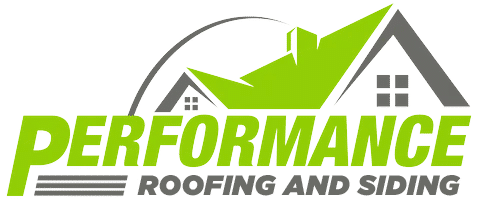How to Choose the Right Metal Roof House
Metal roofs are becoming a more and more popular choice for homeowners. They’re durable, weatherproof, and can add value to your home. But with so many different types of metal roofs available, it can be hard to know which one is right for you. That’s where we come in! In this article, we’ll discuss the different types of metal roofs available, and what factors you should consider when making your decision. So read on to learn more about how to choose the right metal roof house!

When it comes to choosing a metal roof, there are three main types you should consider: standing seam, shingles, and tiles. Standing seam roofs are constructed from long lengths of metal that run vertically along the roof. They’re incredibly durable and weatherproof, making them a great choice for areas with inclement weather. Shingles are similar in appearance to asphalt shingles but are made of metal instead of asphalt. They’re lightweight yet strong, and they come in many different colors and styles to match your home’s aesthetic. Finally, tile roofs are composed of large interlocking metal tiles that provide superior protection against the elements while also being aesthetically pleasing.
Once you’ve chosen the type of metal roof you want, you’ll need to consider the material. The most common materials used for metal roofs are steel, aluminum, and copper. Steel is the most common choice, as it’s strong and relatively inexpensive. Aluminum is also a popular option, as it’s lightweight yet extremely durable. Finally, copper is an expensive but luxurious option that can last up to 50 years!
Finally, you’ll need to think about the installation process. Many metal roofs come with easy-to-follow instructions, so you may be able to install them yourself if you’re comfortable doing so. However, if you choose a more complex system or if your roof has a steep pitch, then it’s best to hire a professional installer instead.
When it comes to installing a metal roof, several steps must be taken to ensure the job is done correctly. The first step is to prepare the roof structure. This includes removing any existing shingles or other materials, as well as cleaning and smoothing out any imperfections. Once the roof structure has been prepped, the next step is to install the necessary underlayment. Underlayment acts as a barrier between your roof and outside elements, protecting it from water damage and helping to prevent heat loss during cooler months.
Next, the metal panels must be measured and cut to fit properly onto your roof structure. Each panel must fit snugly with minimal overlap to prevent water infiltration. Once all of the panels have been cut, they can then be laid down on top of the underlayment and secured using fasteners like nails or screws. Depending on what type of metal you chose for your roof, the additional sealant may need to be applied along seams and joints to create an air-tight seal against water penetration.
Flashing should be installed around edges where two different surfaces meet (such as around chimneys), along valleys (where two slopes of a roof join together), and at eaves (the downward edge of a sloped roof). This will help prevent any potential spots where water could seep through onto your interior walls or ceiling. Additionally, counterflashing may also need to be installed over existing flashing if an older home is being re-roofed with metal panels for added protection against water damage.
https://www.google.com/maps?cid=8712185105420420785




